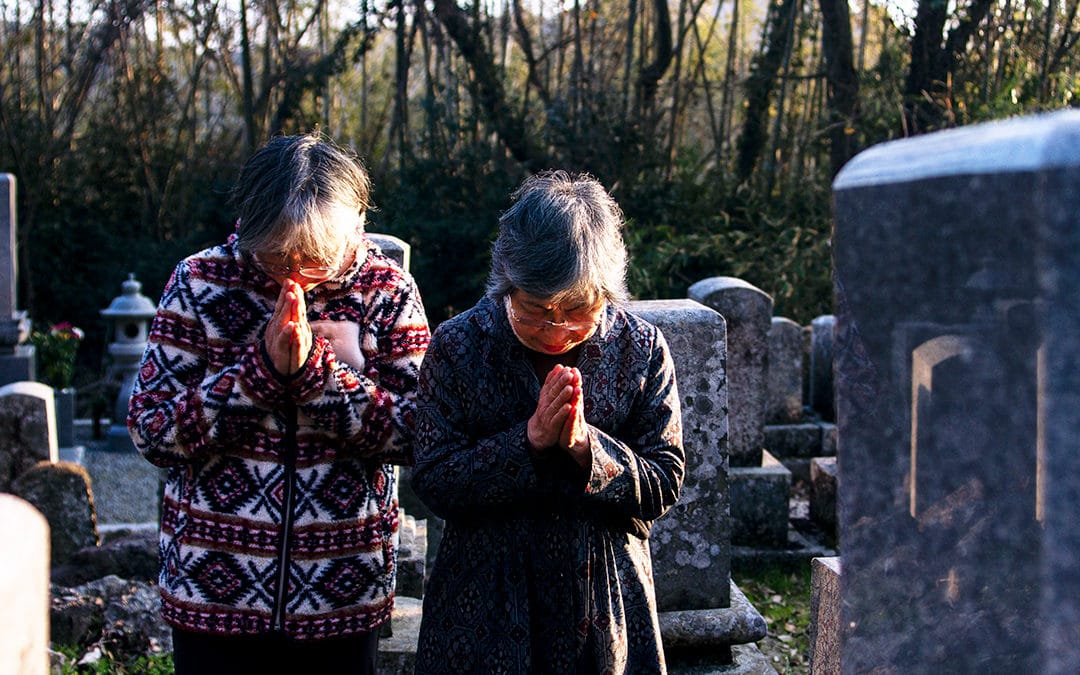Autumn air has an innate way of refreshing the soul after a very hot and sweaty summer. The aroma of pumpkins, apples and spices like cinnamon and nutmeg stimulate the senses. At every turn there are people wearing their coziest clothes while snuggling up to the warmth of a freshly made cup of coffee or hot chocolate. For many Americans, the time of harvest and temperate weather is a favored season.
Of course, we know our own traditions very well, but what are the Japanese doing at this time of year while we munch on caramel apples, play in piles of crunchy brown leaves and sip pumpkin spice lattes to our heart’s content?
The celebration of Shūbun no Hi (秋分の日) or Autumnal Equinox Day marks the beginning of autumn. This celebration has been around for generations and this year it falls on Tuesday, Sept. 22. Shūbun no Hi was originally called Shūki Kōresai (秋季皇霊祭) and is thought to have roots in Shintoism and Buddhism. Shūki Kōresai was observed prior to World War II in honor of past emperors of Japan. Japan’s postwar constitution called for the separation of religion and state so Shūki Kōresai was then renamed Shūbun no Hi and considered a non-religious holiday.
In present times, Shūbun no Hi is celebrated differently from person to person. Shūbun no Hi falls in line with the observance of Ohigan (お彼岸). Ohigan translates to “the other shore,” which in Buddhism is considered the world of enlightenment. Over time the name has come to represent more of a celebration of ancestors who have passed on to the afterlife.
Ohigan lasts seven days; three days before the Autumn Equinox, the day of the equinox and three days after. During this time, red spider lilies referred to as higanbana (彼岸花) begin to bloom. These beautiful flowers tend to grow around graveyards and are said to have poison in their roots, gaining them nicknames like “Ghost Flowers” and “Dead Flowers.”
Many of the traditions related to Ohigan are similar to that of the Mexican holiday, Dia de los Muertos (Day of the Dead). Japanese families visit the resting place of their loved ones who have passed and tidy them up. They offer prayers along with flowers and seasonal food offerings made of rice and sweet azuki paste called Ohagi (おはぎ). Families enjoy food together and celebrate the lives of their loved ones at their graves. Citizens who may not live close to their family’s resting place may take this time to travel and see something new. Others may choose to take this time to stay home and recharge.
Another tradition, Tsukimi (月見), or moon watching, happens during the fall season. Tsukimi evenings are spent gazing at the harvest moon. Many may look upon the moon with wishes of a plentiful harvest and others may take this time to declare feelings of love to someone special. Tsukimi dango (月見団子), or moon viewing dumplings, and other seasonal foods are enjoyed while looking at the moon.
Autumn in Japan is viewed similar to the American observance of Thanksgiving. This is a time to relax and be thankful for what you have. Foods like chestnut rice, sweet potatoes, pacific saury and matsutake mushrooms are commonly eaten in Japan during the fall season.
Those wanting to immerse themselves in Japanese culture during this time may be wondering how to go about joining in on these traditions. Many here on base are too far away from the resting places of loved ones to go tidy them up and present offerings, but why not call a living relative back home to discuss fond memories of those who have passed? Look up recipes of seasonal Japanese dishes and prepare them using harvest ingredients in the comfort of your home. Travel somewhere nearby that you haven’t explored. Take in the bright beauty of the harvest moon with family and friends and be thankful for the time being spent with loved ones who are here now even though some are so very far. Take time to sit back, relax and enjoy all that Japan has to offer this autumn.
By Hailey Robertson


